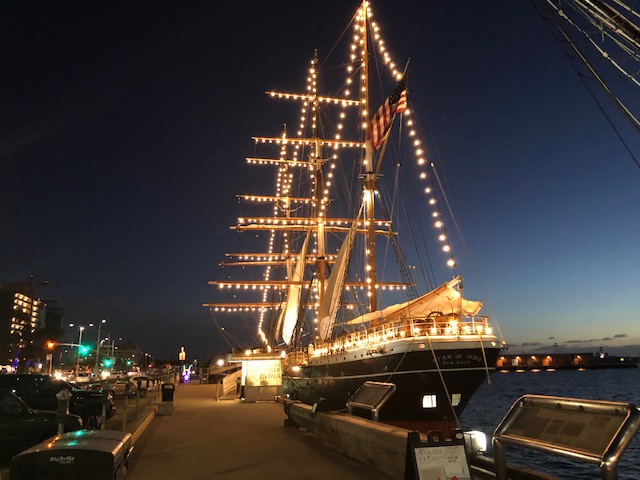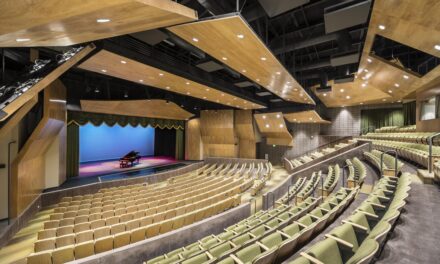SAN DIEGO–Maritime Museum of San Diego, home to one of the world’s largest collections of historic vessels from sail to steam to submarine, has teamed up with Jerri-Ann Jacobs High Tech High to create prototypes for hands-on children’s exhibits that demonstrate the physics of sailing, science behind navigation and simple maritime machines.
Students will present their designs aboard the Museum’s Star of India on Friday where they will remain on display over the weekend.
The Maritime Museum of San Diego’s Director of Development Kelli Lewis stated, “This collaboration is the first milestone in creating a new children’s exhibit at the Museum and meets the Maritime Museum of San Diego and High Tech High’s mission of learning through real-life works that contribute to the community.”
Maritime Museum patrons are invited to view and critique designs Saturday and Sunday December 9 and 10.
Over four months, ninth graders from Jerri-Ann Jacobs High Tech High made prototype, interactive science exhibits intended to inform the Maritime Museum of what a permanent child-directed exhibit could look like. In the process, students sketched out ideas, collaborated, and went through trial and error to make life-size, working prototypes that were tested with second and third graders. The observations, notes, and collected data were analyzed statistically to determine needed improvements for the exhibits. They then were scaled down to make smaller models of what a final Maritime Museum installation could include. Along the way, students learned to sail, explored museum curation, and split into teams to explore, then become experts, in an aspect of maritime history and science.
Project Based Learning puts the projects like this at the center of the curriculum, integrating hands and minds and incorporating inquiry across multiple disciplines, humanities, math, and physics/ engineering. Students engage in work that matters to them, to their teachers, and to the world outside of school. Students connect their studies to the world through fieldwork, community service, internships, and consultation with outside experts like the Maritime Museum.



